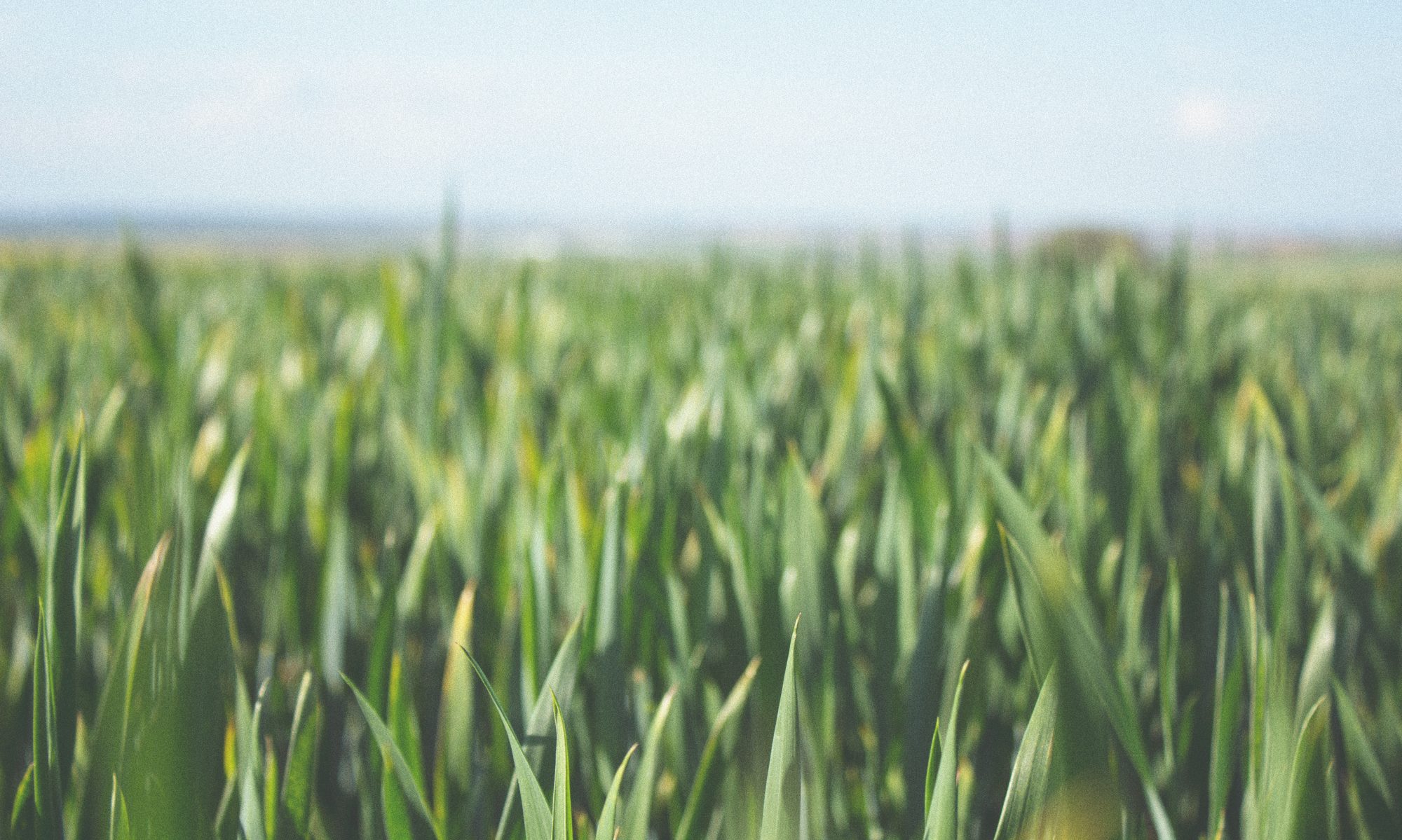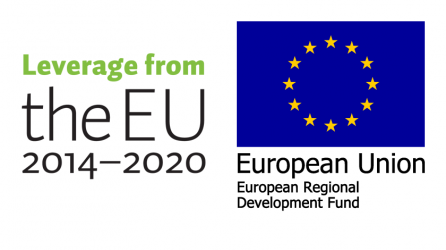The vision and definition of the Food System 2.0
The next generation, sustainable Food System is regenerative, ethical, efficient and engaging. It is mostly organized into circular, closed loops. Its new models of operation and transactions are enabled by new agri- and food technologies. But foremost, it generates new, unprecedented value to the consumers.

The 4 key components of the Food System 2.0
1. Enabled by advanced technologies

Technology will enable new operational models and participatory behaviors for various actors in the food system 2.0. The current scene is blooming with vertical farming, bioreactors, blockchain, AI and digital commerce. An array of both existing and to-be-invented technologies will be the stepping-stones towards the Food System 2.0, where food raw materials, energy and water will be utilized and recycled efficiently. Finland is on a strong growth path on the emerging disruptive technology of photonics. The advantages of integrating photonics into the agriculture, food processing, quality control and logistics are yet to be truly discovered. Food Tech Platform Finland co-operates closely with the Photonics Finland association in order to accelerate the adoption of photonics in the food system 2.0.
2. Delivering new value for people in the form of food agency and through new business models

As consumers/humans are deriving more and more value out of doing and participating instead of merely owning, the economy has started to gear towards new business models. The new wave of food co-ops in big cities, urban farming as well as the emergence of the platform businesses creating new markets for people’s skills and tools (such as driving a bike or a car) show how consumerism is evolving towards participatory and co-operational value creation by people themselves. This need for agency regarding one’s own food growing and production is an increasing consumer need. Those who can deliver new solutions to this need will create new business.
3. Organized into circular economies

The third vital component of the Food System 2.0. is the local, closed loop. As the climate crisis and the loss of biodiversity leads to increasing scarcity of food raw materials and fertile soils, the Food System 2.0 will likely comprise by a number of various circular economies. They will attend to matching their carbon output with their carbon input. Consequently, the reach and scale of each circular economy is in part defined by the sustainable logistics that can be efficiently organized for the quickly perishable food materials.
4. Situated in the urban city setting

As the ´Cities and circular economy for food` report by the Ellen MacArthur Institution insightfully acknowledges, 80% of world’s food is foreseen to be consumed in cities by 2050. This makes cities the essential focal points and cultural backdrop for the circular economies. It implicates, that the Food System 2.0 is by definition an urban system, served both by the rural lands residing close enough to the city, as well as by different novel food cultivation facilities midst the urban dwelling. This urban city context is the fourth critical component of the next generation food system. The modern Food System 2.0 will function in accordance with the city’s infrastructure and the demands of the urban social life of the city people.

